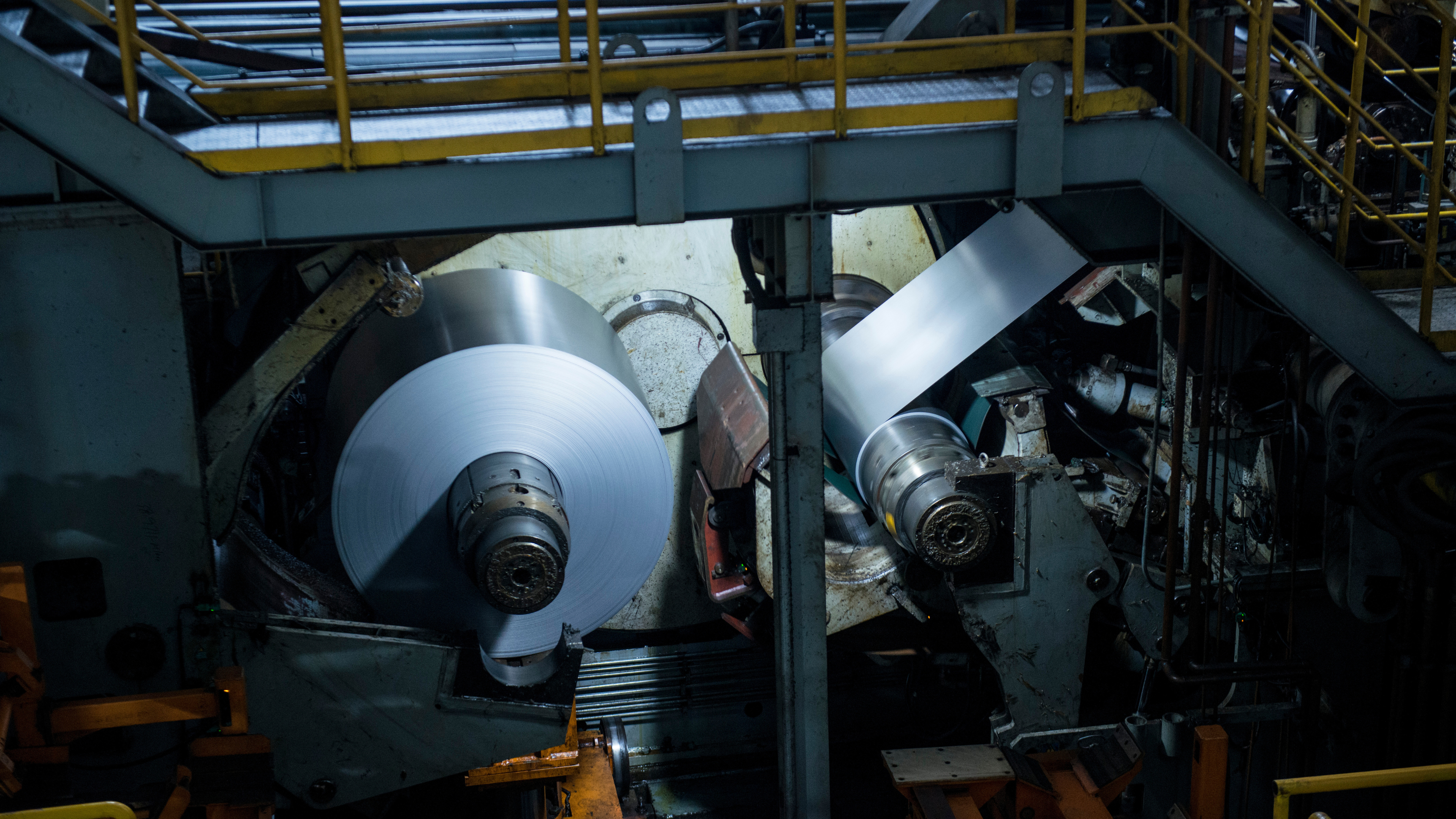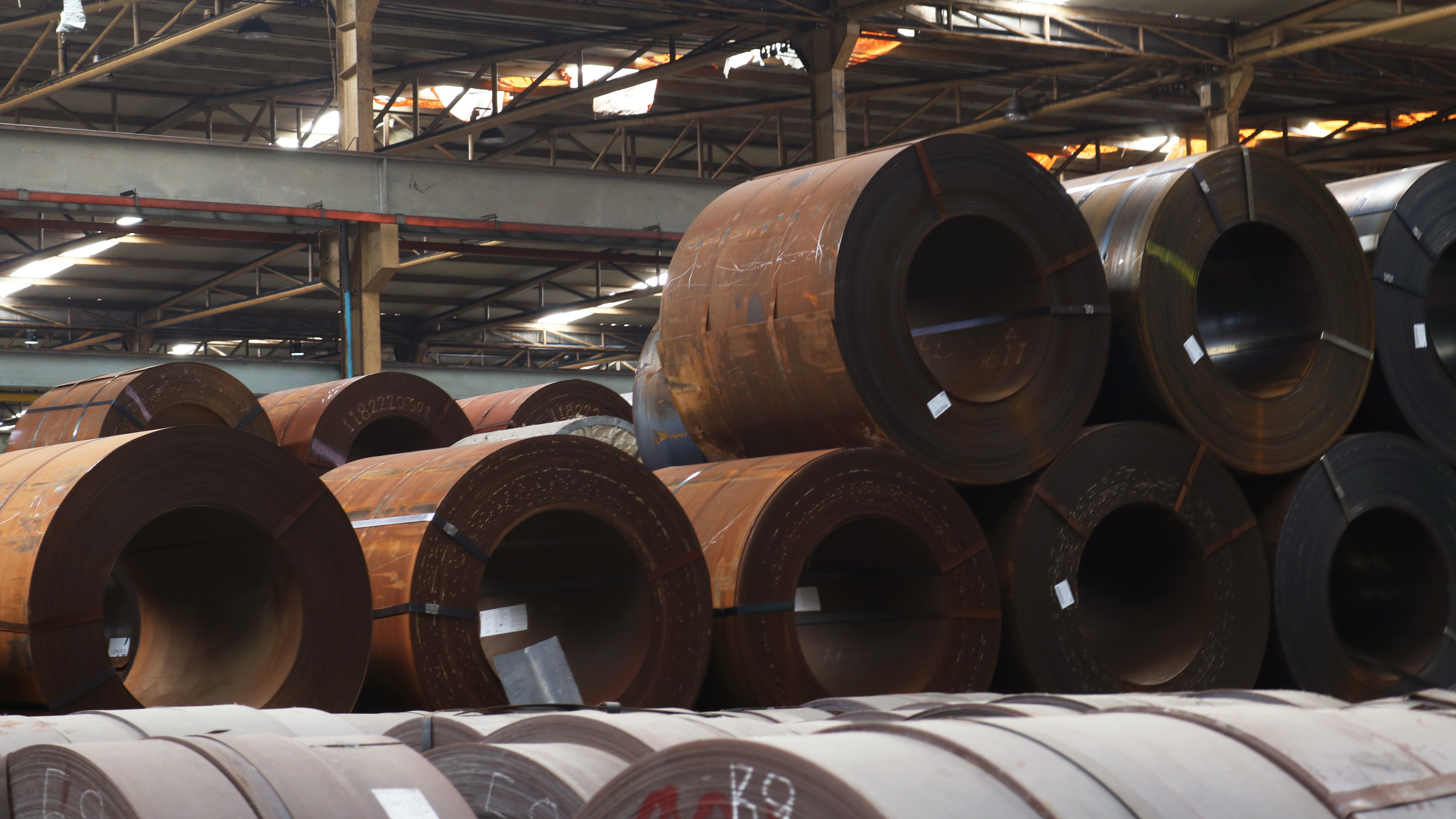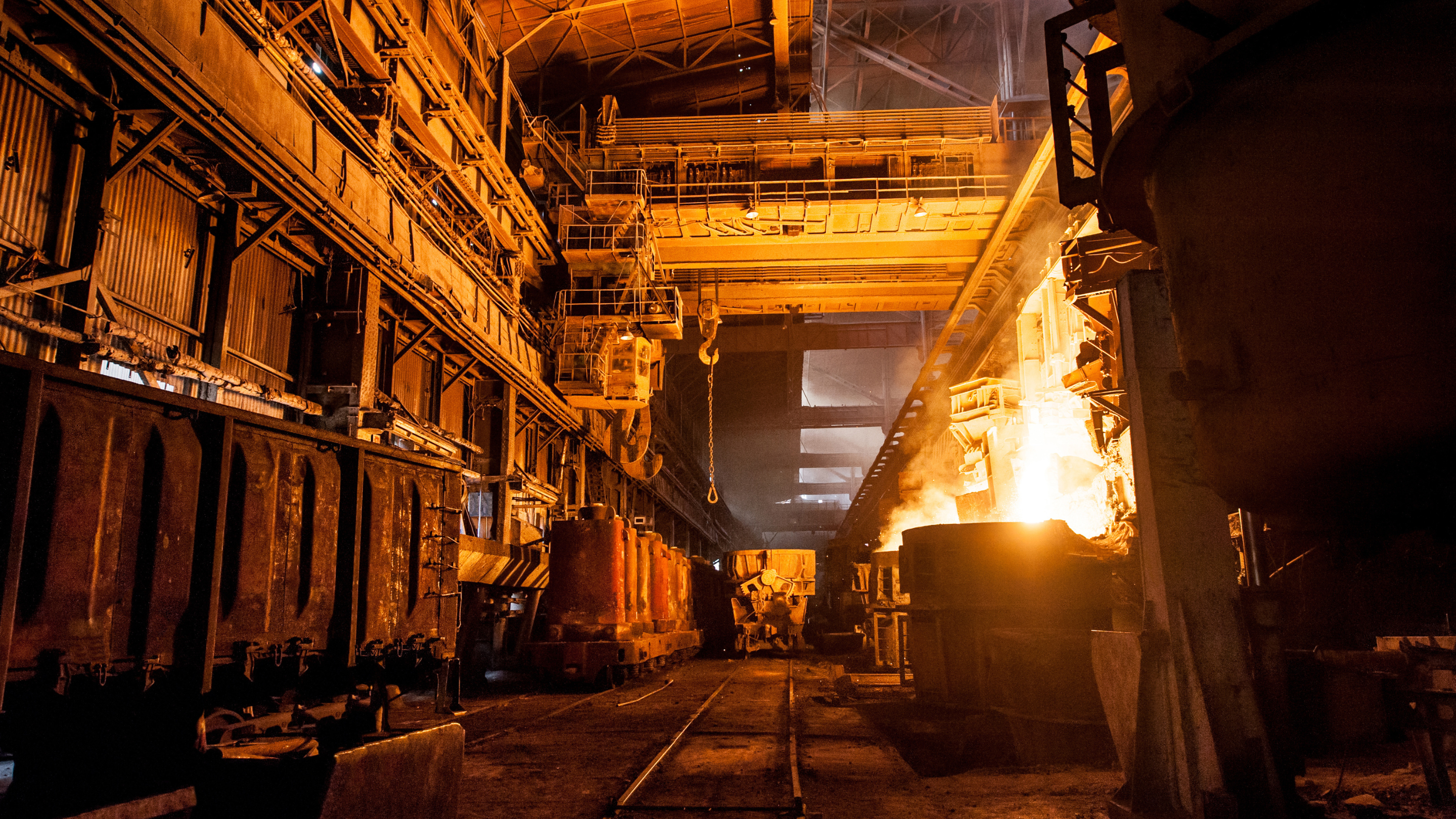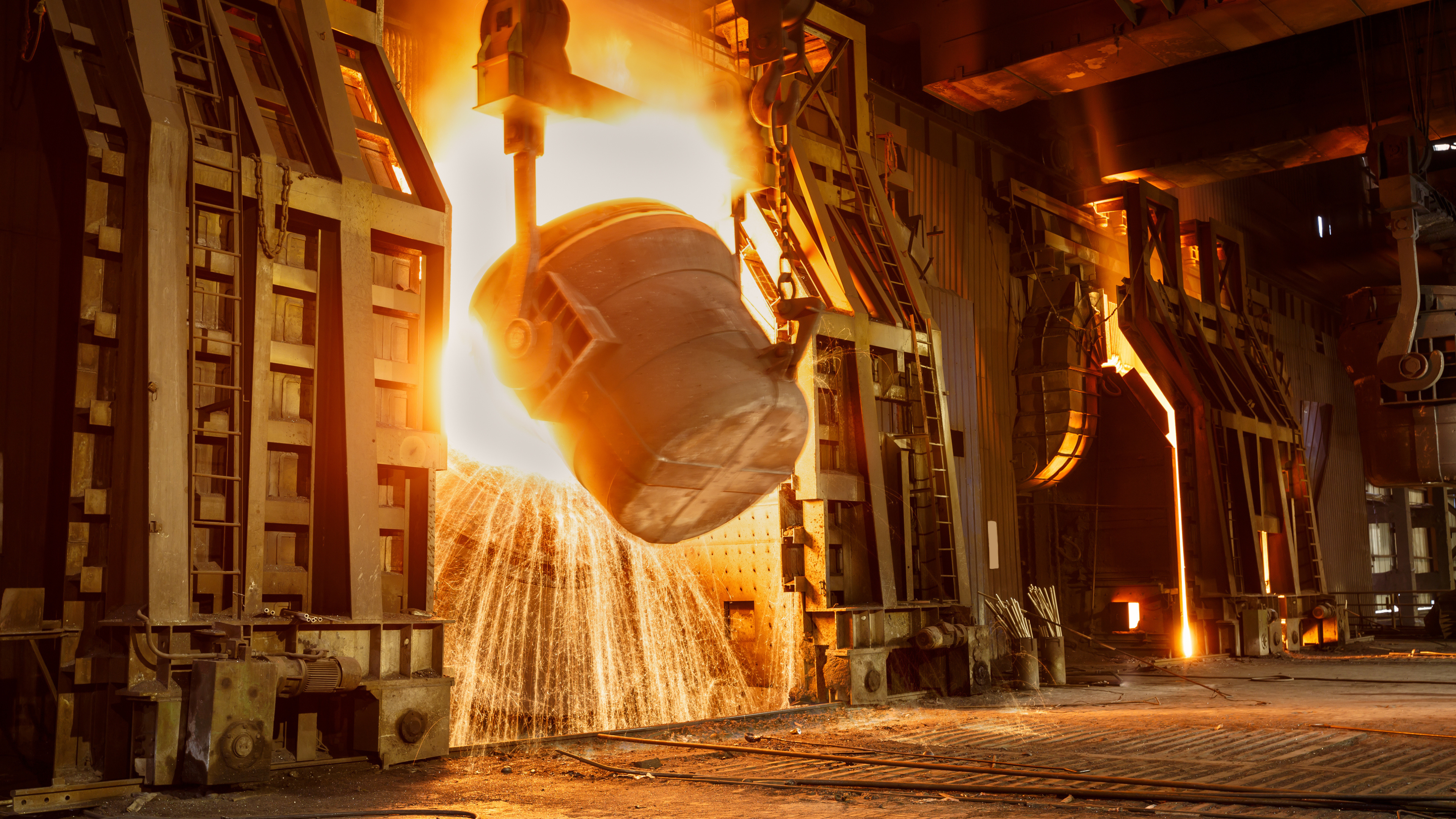Key Takeaways
- Process Optimization is Key – Adjusting operating parameters like temperature profiles and bath chemistry significantly reduced dross formation.
- Improved Material Handling Reduces Contamination – Better storage and handling of steel coils minimized iron fines and oil contamination, enhancing strip cleanliness.
- Enhanced Productivity & Cost Savings – Optimized zinc bath management cut unplanned stoppages by 2.5 hours daily, boosting line productivity by 5-10%.
- Better Control = Better Quality – Implementing Zn-level monitoring and optimizing air-knife parts improved zinc application consistency and reduced excess zinc usage.
- Direct Business Impact – The changes led to a 7% increase in throughput, adding 35,000 tonnes per year and generating $17M in extra revenue.
Zinc dross accumulation and component wear in hot-dip galvanising operations — highlighting inefficiencies in skimming and dross management, resulting in excessive material loss and equipment degradation.
Overview
The client, based in Southeast Asia, reported a primary issue of excessive dross formation and an increased rate of unplanned stoppages to remove bottom dross, resulting in higher zinc consumption and poor utilisation equipment. These issues elevated operational costs and reduced product quality.
Challenge
Insufficient control over dross formation was leading to excessive zinc consumption and required line stoppages. The challenge was to reduce these inefficiencies while maintaining product quality and avoiding major changes to the existing setups.
Solution
- Comprehensive Analysis: A complete diagnosis of the galvanising process, including remote and on-site assessments of key areas, such as the zinc bath chemistry, temperature control, strip cleanliness, zinc bath level control, additions strategy and physical drossing methods.
- Process Optimisation: Adjustments were made to the operating parameters, inclusive of modifying the temperature profile and zinc bath chemistry control to reduce dross formation. New drossing techniques were introduced to reduce the amount of zinc loss in the bath. Optimised procedures for zinc and aluminum additions to the zinc bath that contributed to high dross formation
- Material Handling Improvement: Implemented improved handling and storage procedures for carbon steel coils from the cold rolling mill to minimise iron fines and oil contamination on the strip surface.
Results
- Increased Line Productivity: Galvanising line productivity was raised by 5-10%, reducing unplanned stoppages by approximately 2.5 hours daily due to improved zinc bath management across the numerous galvanising lines.
- Optimised Bath Composition and Procedures: High dross formation, previously caused by poor aluminium control and temperature fluctuations in the bath were addressed by setting target aluminum and control limits (~0.2% +/- 0.01) and implementing strict maintenance protocols.
- Enhanced Bath Temperature Control: A Zn-leveling monitor was designed to maintain consistent bath levels, while burner settings were optimised to hold bath temperatures within ±2°C. Additionally, strip temperatures were increased to prevent cooling of the zinc bath.
- Air-Knife Quality Improvement: Sourcing OEM parts for air-knives optimised their performance, reducing excessive zinc consumption and improving zinc application consistency.
- Throughput and Revenue Growth: These combined measures led to a 7% increase in galvanised product throughput, adding 35,000 tons per year and generating an estimated USD 17 million in additional annual revenue.









